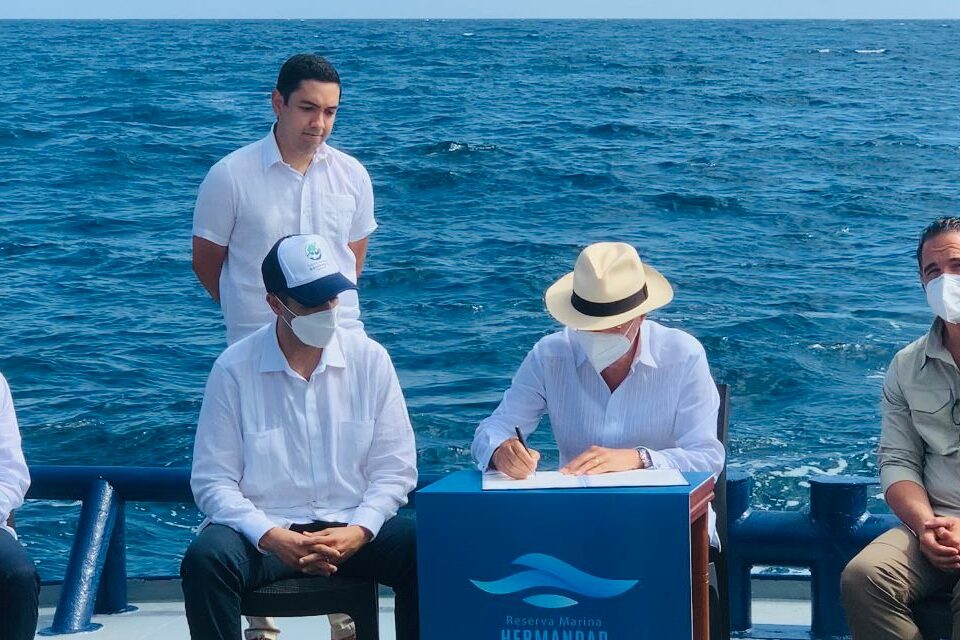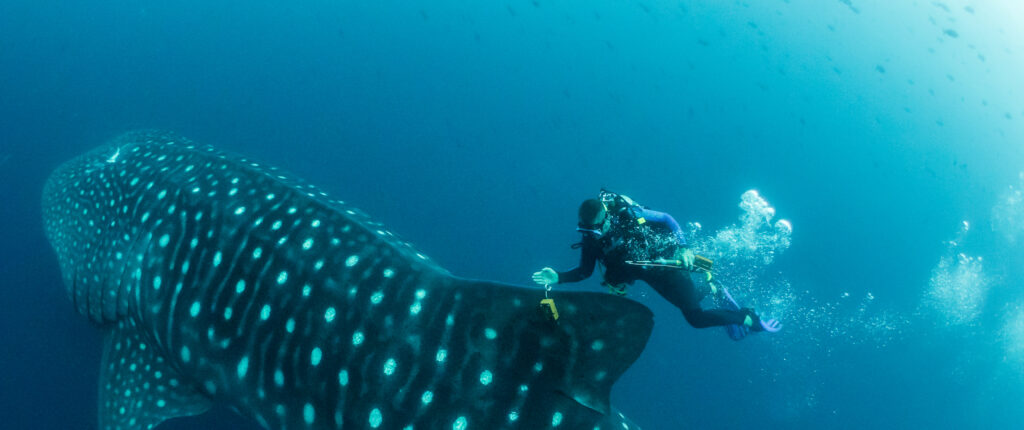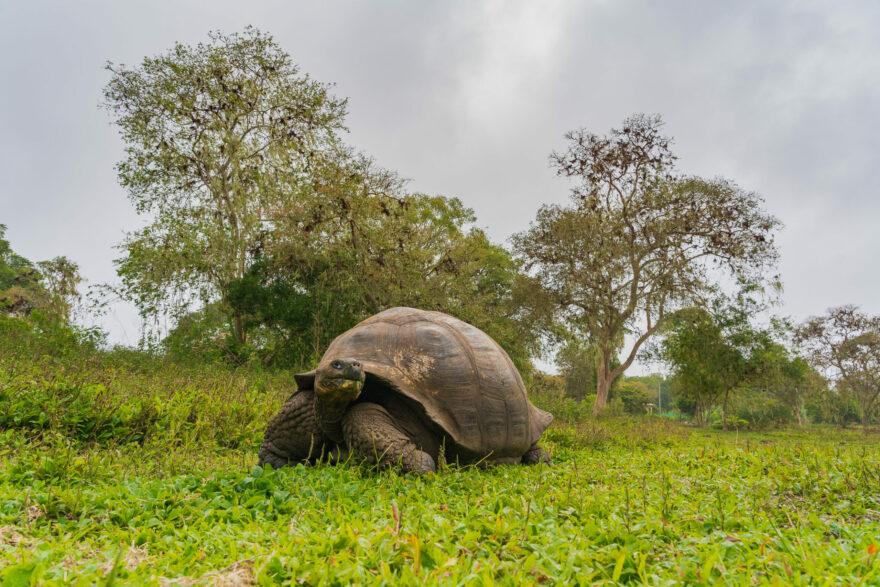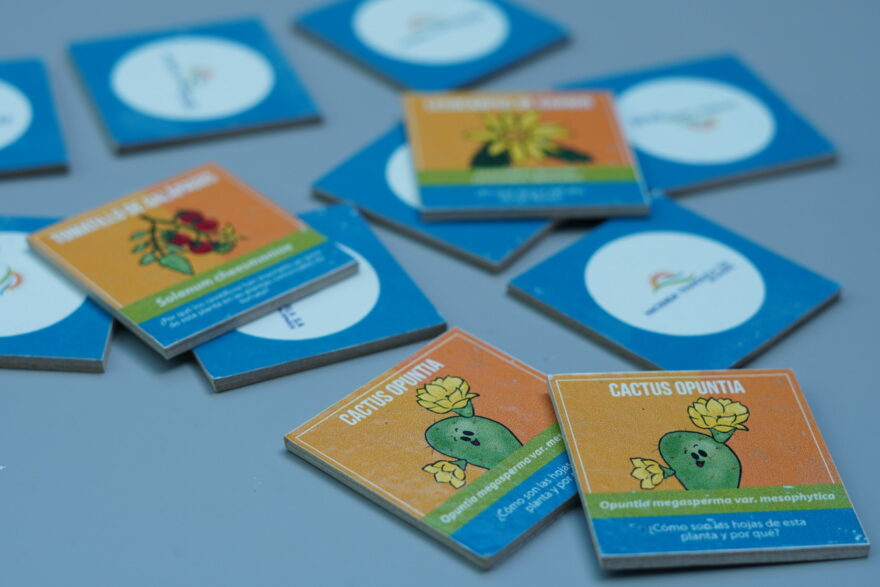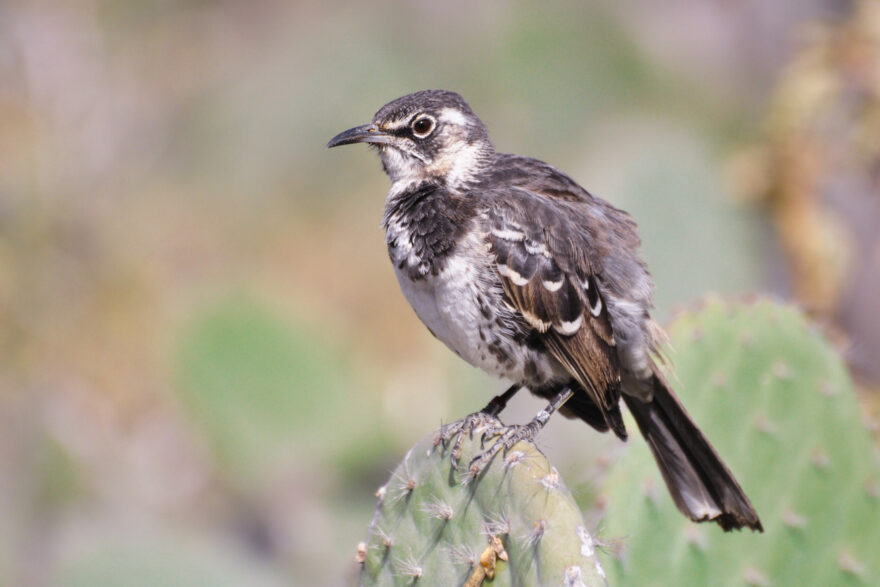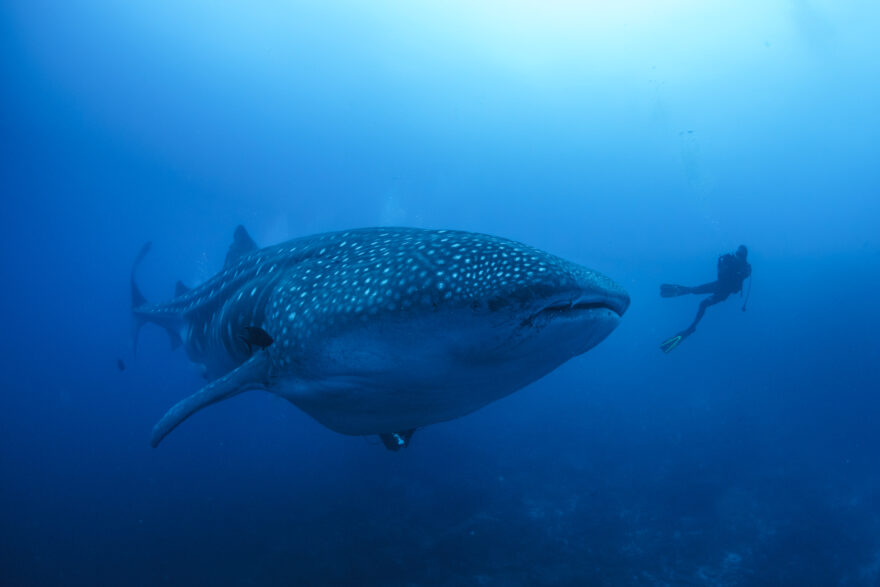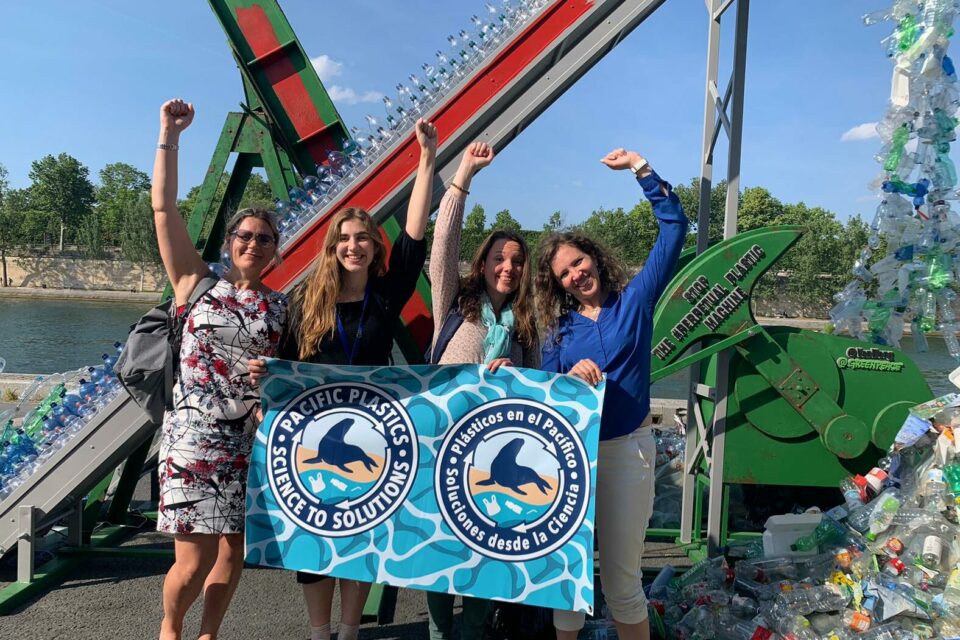
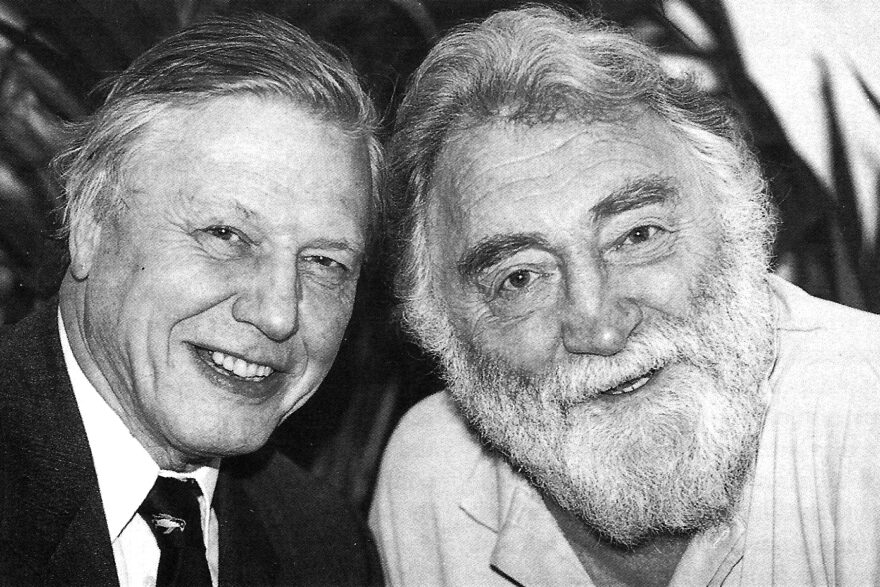
Our history
Galapagos Conservation Trust was officially launched on 5 April 1995 at the Royal Society. Some 250 people attended, including Sir David Attenborough, David Bellamy, the Ecuadorian Ambassador, four former directors of the Charles Darwin Research Station, several MPs and no fewer than 10 descendants of Charles Darwin himself.
Our achievements over the years include supporting the Charles Darwin Foundation and the Galapagos National Park in the world’s largest ecosystem project in a protected area, which led to the eventual eradication of feral goats from the islands of Pinta, Santiago and northern Isabela, allowing damaged ecosystems to recover.
We also supported the development and implementation of the Special Law for Galapagos. This provides a legal framework for certain aspects of island life, including immigration control and fisheries management. And in 2022 the new Hermandad Marine Reserve was declared, based on findings from years of science supported by GCT and our partners.
Our impact in 2022
65
tagged giant tortoises monitored across 3 islands
~ 20 %
of Galapagos population involved in GCT environmental education events
13
community-designed projects funded through Co-Galapagos programme
5
adult female whale sharks tagged in a newly found southern population
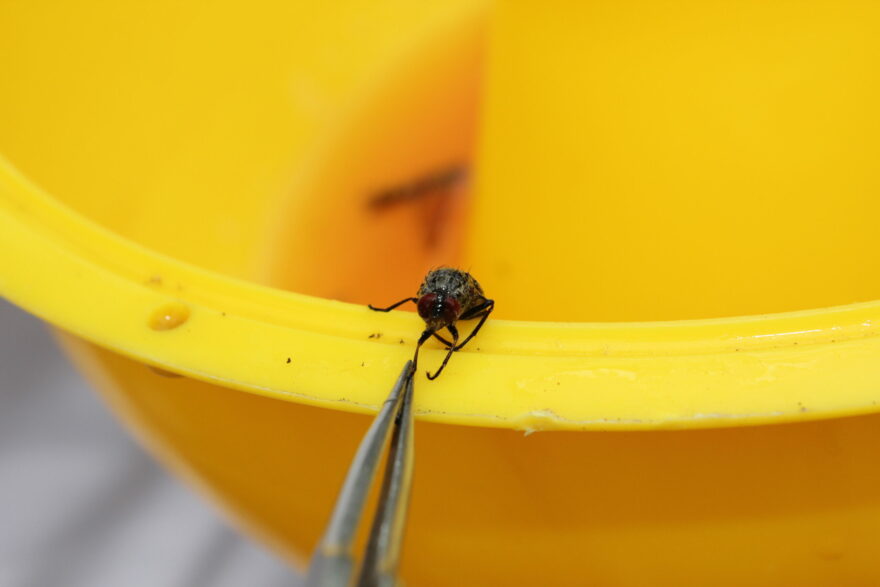
Controlling invasive species
Controlling the spread of invasive species is a high priority in Galapagos. We funded a project pioneered by our Ambassador Godfrey Merlen to install UV insect zappers on boats, to prevent the spread of insects between islands. We also helped to fund an international workshop on control methods for the invasive parasitic fly Philornis downsi, which is currently the single biggest threat to Galapagos land birds.
Invasive plants are another big problem, with species such as the black raspberry plant mora creating dense thickets that prevent birds from feeding. We supported a project to encourage the use of native plant species by gardeners on Floreana, to reduce the likelihood of introducing potentially invasive plants into the ecosystem.
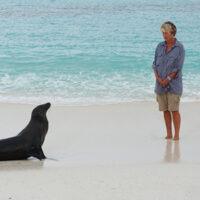
The Islands must be protected – they are a living history, a miraculous source of knowledge and wonder that has been a huge privilege to witness. Please help to keep this legacy of nature safe well into the future.
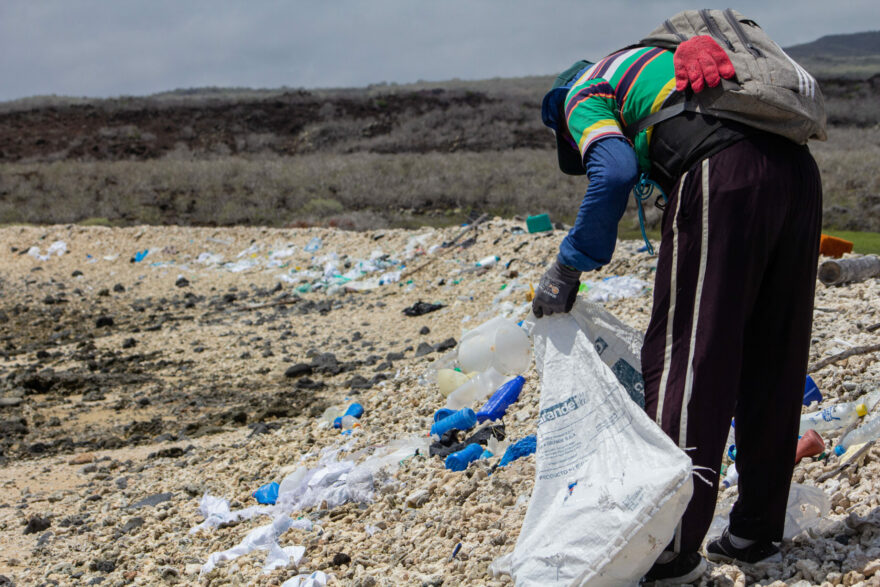
Tackling pollution
A growing population and increasing numbers of tourists are putting pressure on the waste and water management facilities on the Islands. Pollution is a major threat to wildlife, particularly plastic pollution which arrives on Galapagos beaches primarily from the South American mainland or from fishing vessels dumping waste at sea.
We collaborated with WWF to facilitate initiatives including a waste oil recycling programme to prevent contamination of waterways, and over the years we have supported several coastal clean-ups. In 2012 we funded a clean-up that removed 185 kilograms of debris from coastal areas of Santa Cruz. The Pacific Plastics: Science to Solutions network, coordinated by GCT and the University of Exeter, is now working across the Eastern Tropical Pacific, bringing together scientists, NGOs and businesses to combat the rising tide of plastic pollution.
Global Plastics Treaty
We're calling on world leaders to agree an ambitious, legally-binding Global Plastics Treaty that ends the scourge of plastic pollution.
The Galapagos Archipelago is best known for its terrestrial wonders, but those found beneath the waves are perhaps even more awe-inspiring. It’s one of the best dive locations on Earth and one of the most worth saving.
Recent highlights

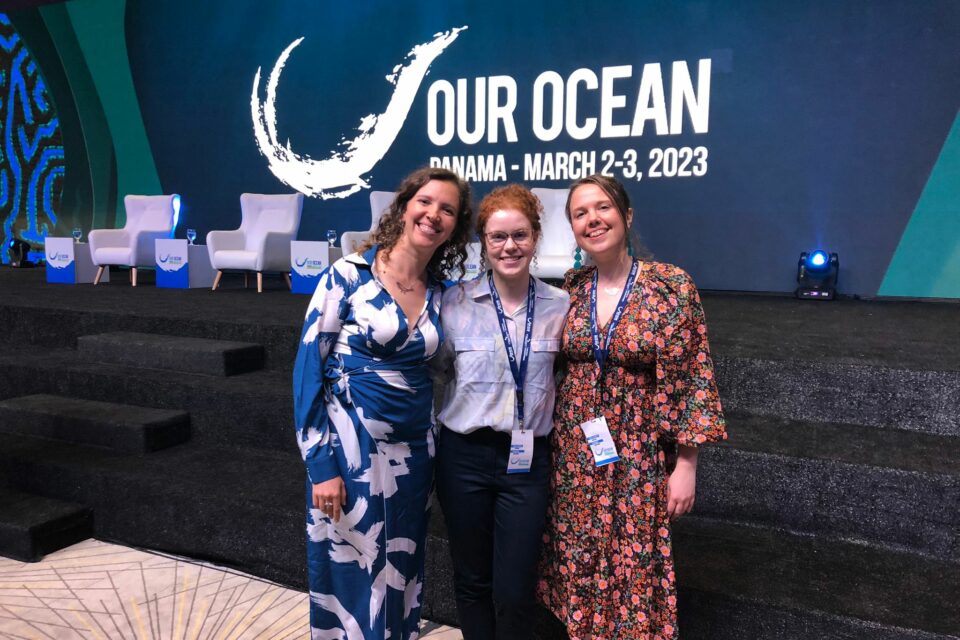
Our Ocean 2023, Panama
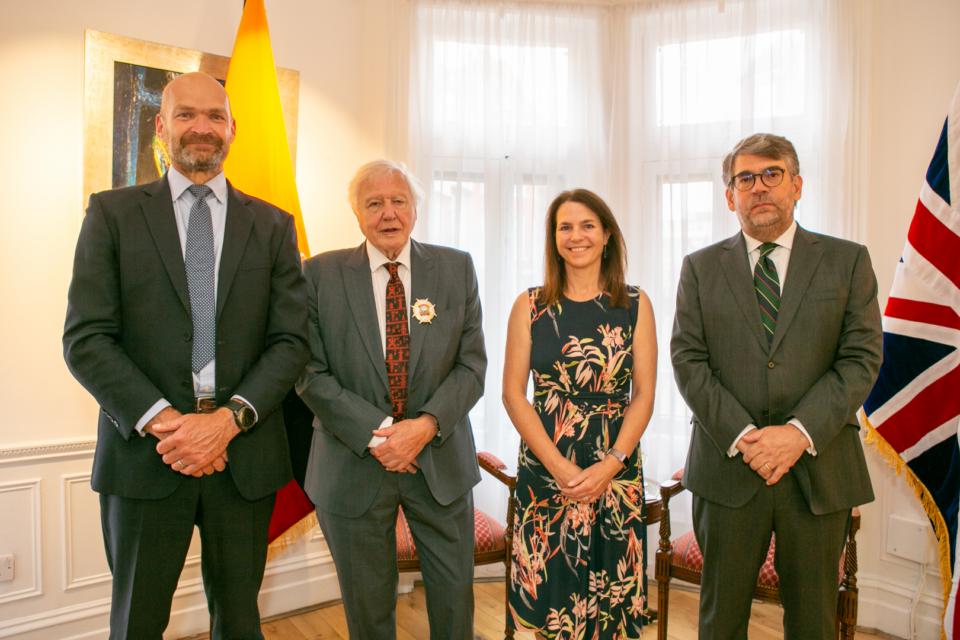
Sir David Attenborough awarded Ecuadorian National Order of Merit
